-
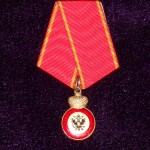
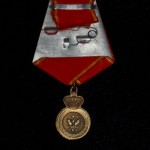 + Quick View
+ Quick ViewImperial russian medal «INSIGNIA OF THE ORDER OF ST. ANNA» TO THE GENTILES 1844. COPY
24.99 $ -
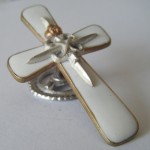
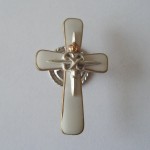 + Quick View
+ Quick ViewImperial russian «SIGN OF KEXHOLM LIFE GUARDS REGIMENT» Copy
33.99 $ -

 + Quick View
+ Quick ViewImperial russian «SIGN OF THE RED CROSS FOR RUSSIAN-TURKISH WAR 1877-1878» Copy
23.99 $ -

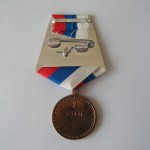 + Quick View
+ Quick ViewImperial russian white army medal «FOR THE LIBERATION OF THE KUBAN 2 DEGRE» Copy (Copy)
14.99 $ -
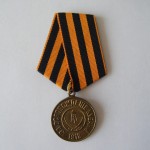
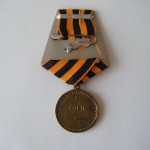 + Quick View
+ Quick ViewImperial russian white army medal «FOR THE LIBERATION OF THE KUBAN 1 DEGRE» Copy
14.99 $ -
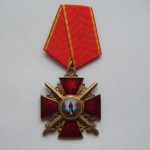
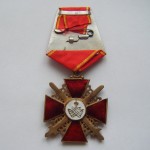 + Quick View
+ Quick ViewImperial russian award «ORDER OF ST. ANNA» 2 degree. with swords. for neck. COPY
44.99 $ -
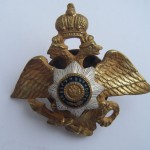
 + Quick View
+ Quick ViewImperial russian badge «NICHOLAS CAVALRY SCHOOL» COPY
39.99 $ -
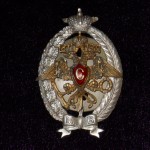
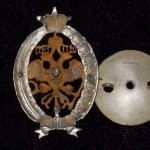 + Quick View
+ Quick ViewImperial russian badge «IN MEMORY OF THE 100TH ANNIVERSARY OF LOCAL TROOPS» COPY
39.99 $ -

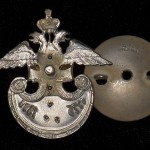 + Quick View
+ Quick ViewImperial russian badge «LIFE GUARDS ATAMAN REGIMENT» COPY
44.99 $ -
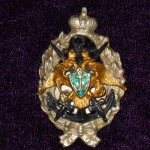
 + Quick View
+ Quick ViewImperial russian badge «NIKOLAEV SEVASTOPOL MARINE ACADEMY» COPY
39.99 $ -

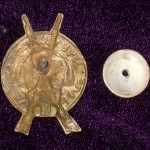 + Quick View
+ Quick ViewImperial russian badge «FOR THE EXCELLENT SHOOTING» COPY
14.99 $ -

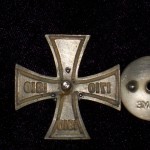 + Quick View
+ Quick ViewImperial russian Kulmsky anniversary sign «TO COMMEMORATE THE 200TH ANNIVERSARY OF THE GUARDS» COPY
39.99 $ -

 + Quick View
+ Quick ViewImperial russian sign «FOR THE COSSACKS OF HIS IMPERIAL MAJESTY CONVOY» COPY
39.99 $ -
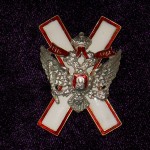
 + Quick View
+ Quick ViewImperial russian sign «2nd KIEV (NICHOLAS) MILITARY SCHOOL» COPY
39.99 $ -
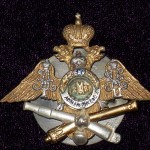
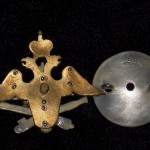 + Quick View
+ Quick ViewImperial russian sign «MIKHAILOVSKY ARTILLERY SCHOOL» COPY
39.99 $ -
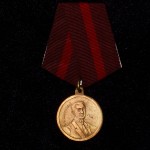
 + Quick View
+ Quick ViewImperial russian medal «KERENSKY» COPY
11.99 $ -
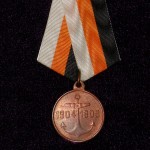
 + Quick View
+ Quick ViewImperial russian medal «FOR THE WORLD TOUR IN 1904-1905» COPY
11.99 $ -

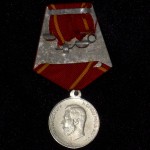 + Quick View
+ Quick ViewImperial russian medal «FOR DILIGENTSERVICE» NIKOLAY II. COPY
11.99 $ -
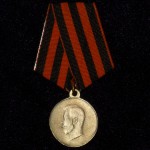
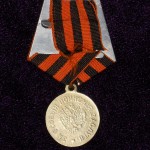 + Quick View
+ Quick ViewImperial russian medal «FOR OUTSTANDING MILITARY MERIT 1910» NIKOLAY II. COPY
11.99 $ -
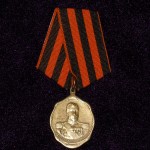
 + Quick View
+ Quick ViewImperial russian medal «UNION ENTENTE» COPY
11.99 $
Imperial awards
Imperial Russian awards are first stable samples of military and civil orders and medals in Russian history. Performed in a complicated and aristocratic design awards of imperial time are interesting not only as a historical heritage and objects for collections but also as an indirect expression of art and esthetic fashion common for Russian empire.
History of Imperial Awards
First imperial award were issued by Russian monarch Peter the Great (Peter I) in 1698. During around 100 years Russian award system operated with three imperial orders only. There also were no certain regulations and rules that would stipulate conditions for an order to be awarded. Personal attitude of a monarch often become determinate for getting an award. It is difficult to imagine such system being implemented for Soviet awards or WWII German medals but in Imperial Russia it could exist due to a small number of awards’ variations.
Catherine the Great (Catherine II) after her coronation in 1762 started an innovative reform in award system of the empire. According to rapid widening of the country’s borders and growing numbers of military participants it was necessary to improve award system and to introduce new variants of orders and medals. Catherine not only issued two more orders but also determined 4 grades for each one. System of imperial awards became not only more perfect but more complicated as well.
Interesting facts about awards of imperial Russia
Each order was followed by a star – a special decoration that is usually made from metal. Early stars issued in Russian Empire were embroidered with silver or golden threads on a material base and were later replaced by a metal stars made from gold or more often – from silver.
Highest Imperial awards were decorated with brilliants, others — with rhinestone. Modern collections contain some orders where brilliants were partly replaced with rhinestone that was probably made during a hard financial period of an owner.
Getting an award also gave an automatic right to get a social status of nobility, that could be refused by monarch. This rule was restricted in 1845 and allowed only some of award holders to get the status.
Main awards in Imperial Russia
In 1698 Peter I issued first order of St. Andrew that was awarded to most outstanding civil and military representatives. After being cancelled with the beginning of Soviet period it was re-established again three hundred years after in Russian Federation.
Among Imperial awards there was a special order to be awarded for noble women of Russian empire – order of St. Catherine. First time it was awarded in 1714 to wife of Peter I and it was the only award of an order of St. Catherine during life of the monarch. After Peter I left the throne order was awarded to more than 700 women of Imperial Russia. Order of Alexander Nevsky was first awarded in 1725 and it became third order issued in Russian Empire, the order was titled “For Labor and the Fatherland”. It was also one of Imperial military awards that was both cancelled and re-established by Soviet Union.
Order of St. George issued in 1769 is one of the most recognized awards of imperial time. It was main and most respected military award during the reign of Catherine the Great.Later also an order of St. Vladimir that had 4 grades and 4 variants of being worn was introduced by the monarch.
Order of St. Anna (existed since 1735) was a dynastic order that were given mostly to members of monarch family and their relatives. Some other orders entered to Russian award system after joining of Poland: order of St. Stanislaus, order of Virtuti Military and order of White eagle.

